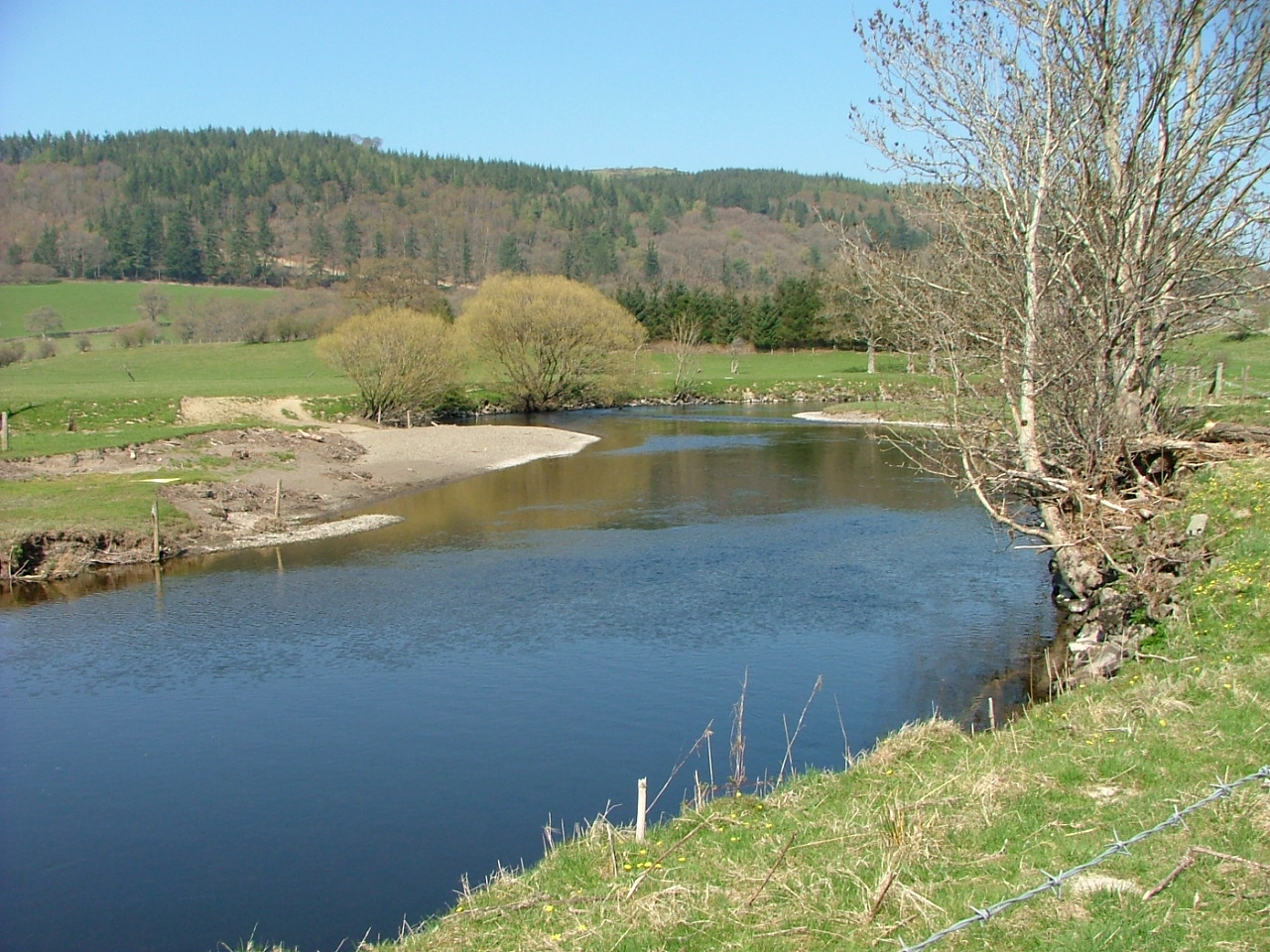Eye in the sky – using drones for environmental monitoring
09/09/2016

Adopted in 2000, the Water Framework Directive requires all EU member states to protect and improve the water quality in rivers, lakes, groundwater, transitional and coastal waters, and to protect against pollution and deterioration. But in order to protect and improve the water quality, we first need to assess and understand the current conditions of our rivers and waterways – which is a difficult task. Traditionally this mapping exercise would be done ‘manually’ – by someone literally walking alongside the body of water and making a visual assessment. It was clear this work needed development and the implementation of the Water Framework Directive has seen the emergence over 73 different methodologies used across EU member states. Although promising in terms of much improved ways to manage and protect our waterways, this proliferation of methods indicates a need for a more standardised approach.
Image pattern recognition techniques – taking images via Unmanned Aerial Vehicles (UAVs) – have been successfully used to map the waterways and identify certain physical features. But the accuracy and reliability of this method depends on both the quality of the aerial images and the pattern recognition technique used. Recent studies have proved the potential of UAVs to increase the quality of the imagery by capturing high resolution photography. Combine those high resolution images with Artificial Neural Networks (ANN), which are computers, designed to work like the human brain, and you have a high precision tool that can be used to automatically recognise environmental patterns.
This kind of method enables us to obtain aerial images to a resolution as small as 2.5cm, and we recently tested this along a stretch of the River Dee in Wales. This is a significant step forward as previous imagery was at a resolution of generally 12.5 cm or 25 cm. This study that I’m involved in is one of the first of this kind, looking at the development of a framework for the automated classification of all features within a river. Our initial testing proved to be accurate at 81% and enabled the identification of features at a higher level of detail than that provided by the ground truth data. For example, it allowed the separation of trees from the grass or water underneath, as well as the recognition of hydraulic units (e.g. a rippled water surface).
It’s obvious that we need to protect our rivers and waterways for the benefit of landowners, local authorities and the general population. Better ways of understanding those waterways are just a part of the process – but an important part.
If you’d like to find out more about the use of new technologies for environmental management, you might be interested in my two week UAVs for Environmental Monitoring course, or the Cranfield MSc in Environmental Risk Management.
Read also: Drones in the Cumbria skies: the floods of Christmas 2015
Categories & Tags:
Leave a comment on this post:
You might also like…
Automotive Engineering: From student to hypercar innovation at Rimac
We sat down with recent graduate Thomas Perrin, to discuss how his year on the MSc in Automotive Engineering at Cranfield University propelled him from the lecture hall directly into the ...
What this year at Cranfield really meant to me
Every Cranfield journey is unique. In this alumni reflection, Zachea Scicluna shares what her year at Cranfield truly meant, from facing uncertainty to gaining hands-on experience in industry-backed projects. I’ve been reflecting (and delaying) ...
Preparing for assignments and exams?
Sorry! We know it seems a bit mean to mention the exams in January rather than looking forward to the break before it! However, we know many of you will be thinking about your forthcoming ...
Screening for FTSE 100 companies on Bloomberg
So you’re researching an index and need some data on its constituent companies? Bloomberg’s Equity Screening tool makes light work of this, not just for the FTSE, but for indices, exchanges and sectors worldwide. Type EQS ...
Accelerating my future: How Cranfield put me on the fast track to automotive safety innovation
Hello! I’m Michaela Kaiser, and I’m thrilled to share my journey studying abroad. I’m from Calgary, Canada, and I recently graduated from Cranfield’s MSc Automotive Engineering course. My path to Cranfield ...
From Myanmar to Cranfield: My path to Renewable Energy
As someone who is passionate about sustainability, my career goal is to build a path in the renewable energy sector. My aspirations comes from the benefits of developing sustainable energy sources and ensuring energy ...






